Clearing Away the Smoke
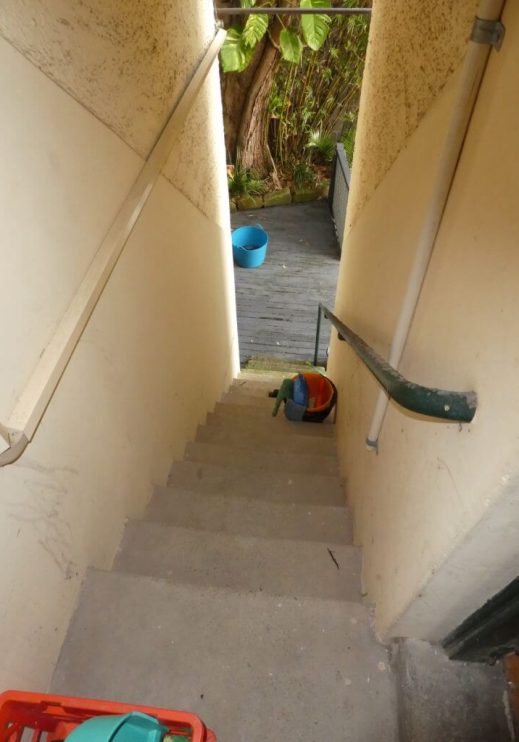
Although fire safety is a fundamental component in constructing a safe building, very few people understand the reasoning behind it. Jerry Tyrrell explains the finer details.
In my three articles on the Building Code of Australia (winter, spring, and summer 2006) I mentioned how it handles fire safety. Besides explaining jargon and definitions in these articles, I said fire safety is simply part of constructing a safe building. However, very few contractors understand the reasoning behind fire safety. They understand site safety and commonsense electrical hazards, balustrades and handrails. But fire safety seems to baffle contractors – it’s a bit mysterious like termite management or complex waterproofing detailing.
To me, fire safety is part of the package of durability. Why? Because a building needs to resist every likely influence applied to it, including extremes of weather, loads, human use, timber pests and, of course, fire.
Let’s establish a few basic facts:
- Smoke is the single biggest cause of fatalities in fires (about 75% of deaths). The term used by fire safety people for injury or death due to smoke is ‘smoke inhalation’. Smoke also causes panic and reduces the chances of people escaping, so stopping the spread of smoke is the main objective for contractors doing fire safety work.
- The antidote to smoke spread is to quickly get people out of danger using systems that warn when a fire starts.
- Limiting damage to a building or adjoining buildings is secondary to life safety measures and is achieved mainly with fire-resistant construction designed to restrict the spread of conflagration.
- Many Australian homes are at risk of bushfire damage.
Typically, fire safety gets more complex as the buildings get bigger and more intricate. In the table, units and nonresidential buildings include shops, offices, factories, warehouses and institutional buildings.
Most of you are co-ordinating installation of smoke alarms, fire doors, fire-resistant walls in masonry or firerated plasterboard.
If you are building units orcommercial structures, you have probably come across fire collars for PVC pipes, fire-rated sealants for wall/floor joints and, of course, hose reels, exit signs and fire stairs.
All of these parts of your building are governed by the building code and must comply with the relevant Australian Standard. They also must be certified at completion, and this certification forms the first fire safety statement or certificate, which must be displayed in all Class 2-9 buildings for the issuing of an occupation or occupancy certificate.
The specific advice I can give to all contractors is:
- 1. Use people experienced with the work they are doing.
- 2. Require any complex systems to be designed and inspected and certified by the relevant consultant.
- 3. Use systems/products approved by known manufacturers – for instance Sika, Bostik, Ramset and Selleys


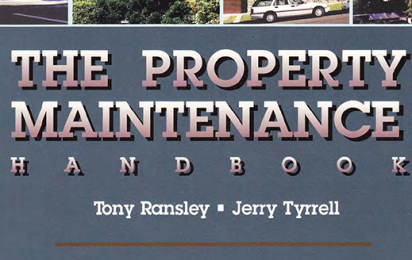


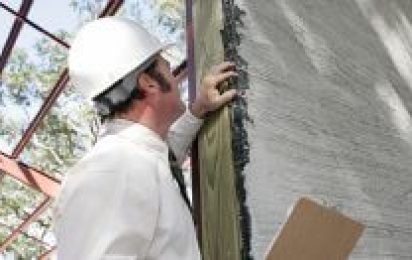

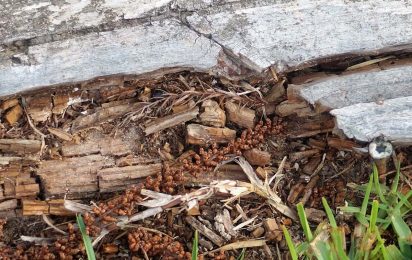


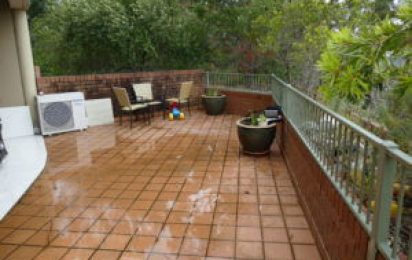

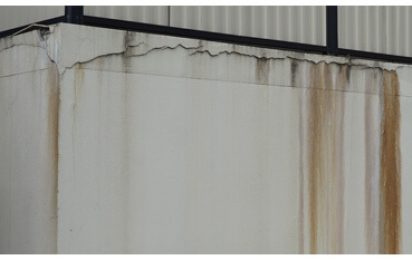



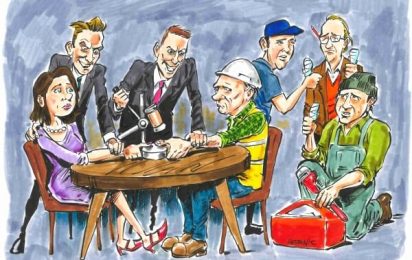




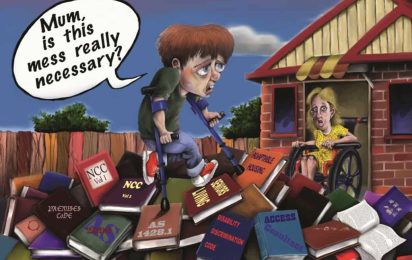
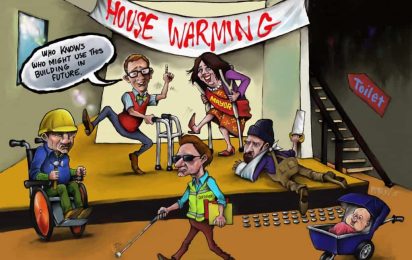

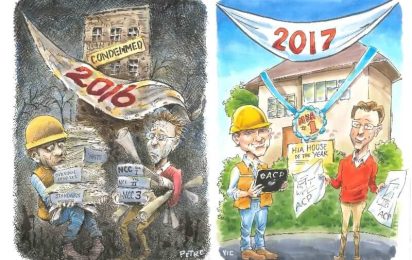

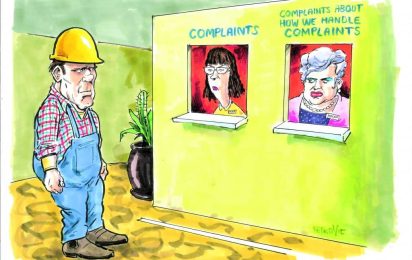
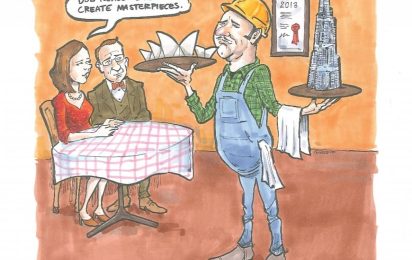
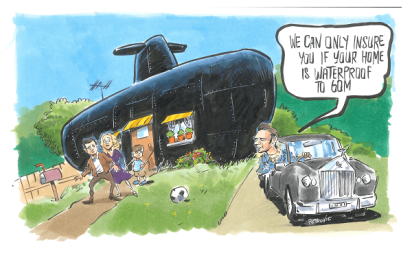
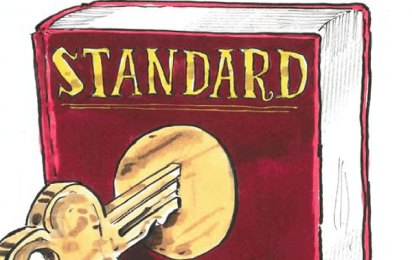
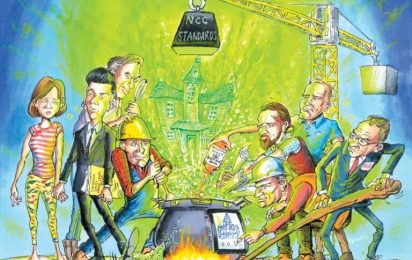
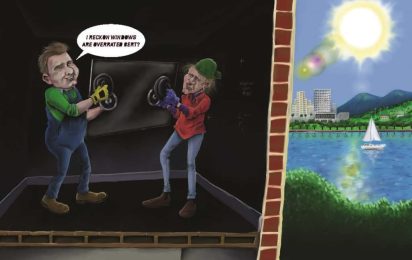


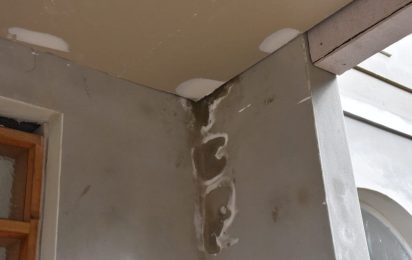

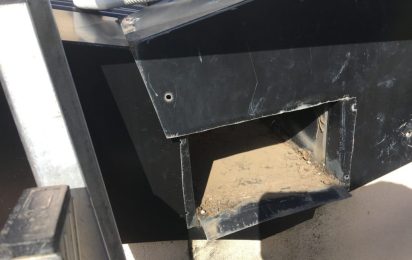
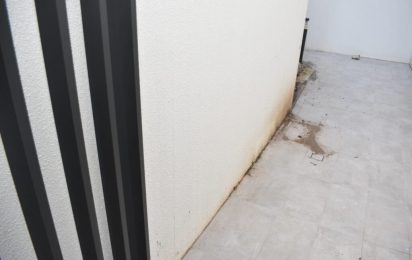


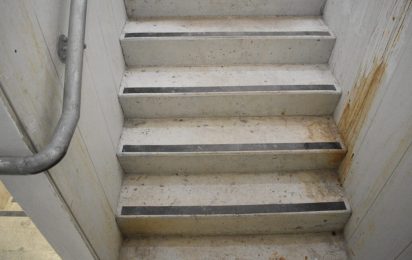
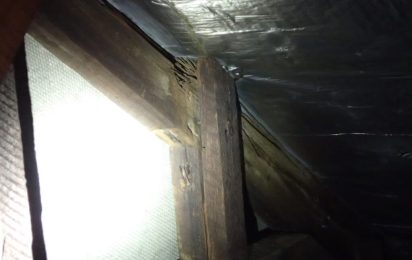
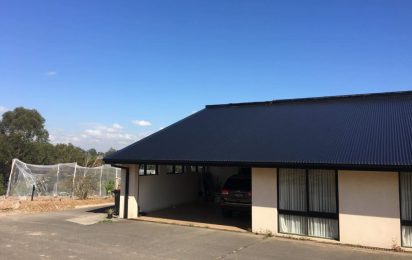

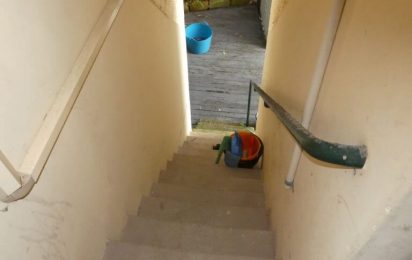

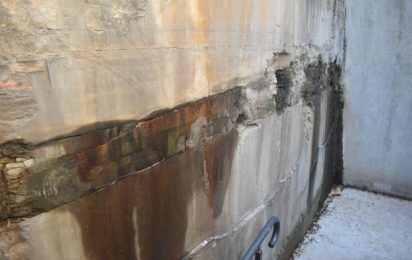
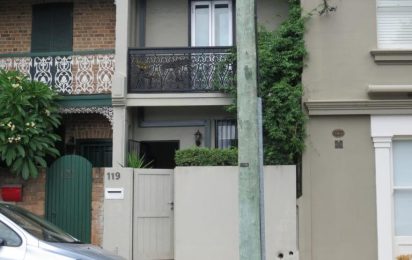

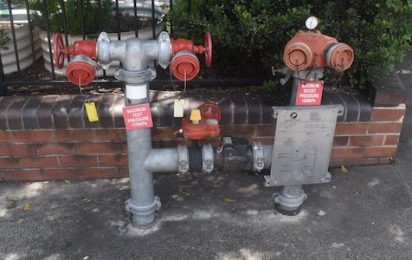




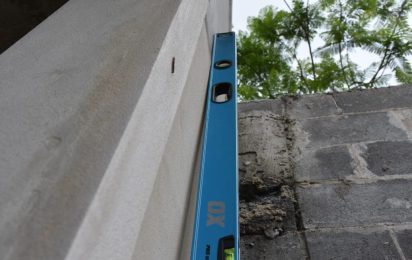




 Back to publication
Back to publication
